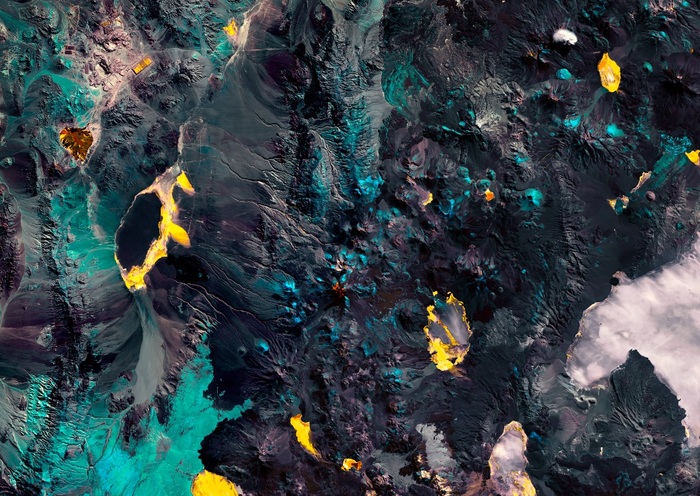It is considered the least terrestrial place on Earth: squeezed between some of the highest mountains in the world and where it may not rain for years. It is the Atacama Desert, probably the oldest desert on the planet and which due to its 'non-terrestrial' characteristics is the preferred site to test space missions destined for Mars and host some of the largest telescopes in the world, such as those of the European Southern Observatory.
On the occasion of World Environment Day, e-Geos – a company that provides Earth Observation services and consists of Telespazio (80%) and the Italian Space Agency (20%) – wanted to select a spectacular satellite image taken by Landsat, in which it is possible to appreciate the incredible complexity of this territory characterized by deep valleys and pointed ridges, expanses of sand, salt lagoons, Geysers and volcanoes.
The two very high mountain ranges that border the Atacama to the east and west mean that the region does not receive a single drop of water. And it is not a figure of speech: on average there are 15 millimeters of water per year, but in some places it reaches only 1 millimeter per year. It can happen that not even a drop of water rains for 4 years.
It is such a dry environment that on many peaks in the region, which can even exceed 6,000 meters such as Ojos del Salado (the highest volcano in the world), there is no trace of snow. Precisely because of its little terrestrial characteristics, some regions of the Atacama Desert are the preferred places to test space missions destined for Mars.
In 2003 some researchers wanted to replicate here some of the tests performed by the Viking 1 Viking 2 landers on Mars in the 70s to find any traces of life: performed in Atacama they were not able to identify life forms. The Atacama Desert is home to many of the most important telescopes on the planet, such as the large Atacama Large Millimeter/submillimeter Array interferometer composed of 66 radio telescopes and the Very Large Telescope, while the gigantic Extremely Large Telescope (ELT) with a main mirror of 39 meters in diameter is under construction.

